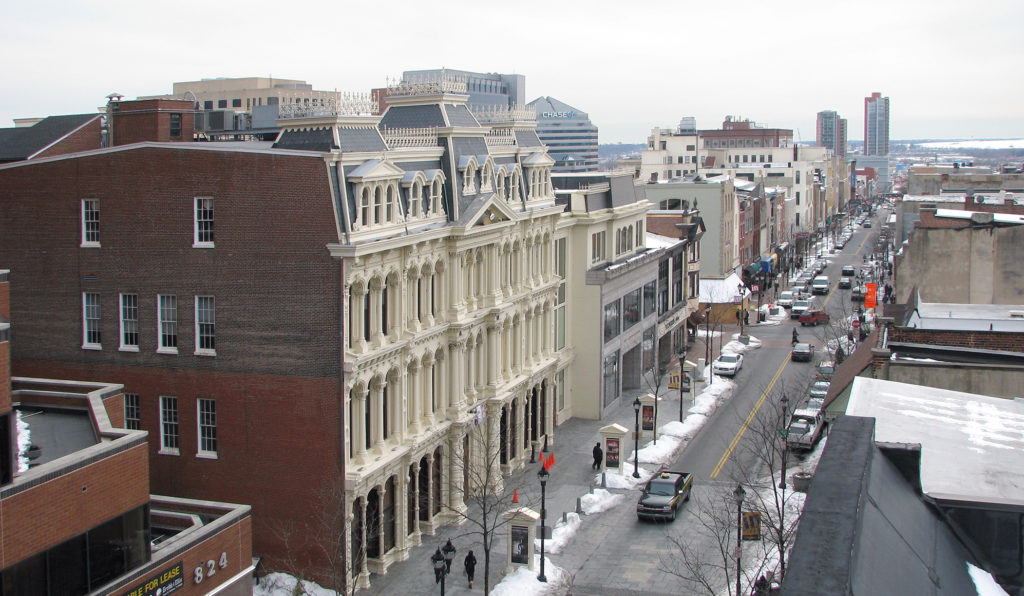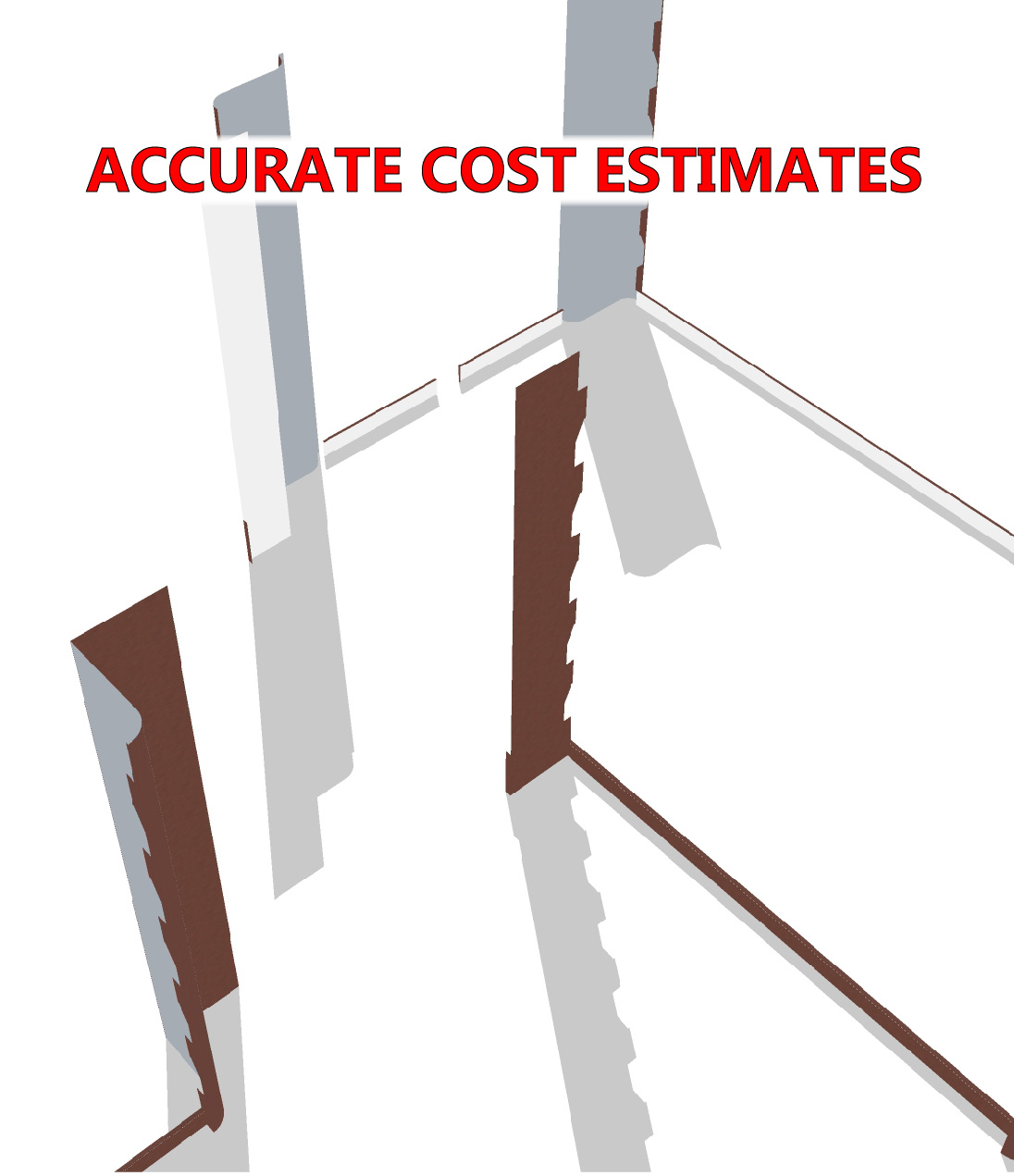Acrylic Paint and Coatings
acrylic (adj.) “of or containing acryl,” name of a radical from acrolein (1843), the name of a liquid in onions and garlic that makes eyes tear, from Latin acer “sharp” (see acrid) + olere “to smell” (see odor) + -in (see -ine (2)). With adjectival suffix + -ic. Modern senses often short for acrylic fiber, acrylic resin, etc. (© 2001-2016 Douglas Harper)
Acrylic coatings are the leading polymer technology in the coatings industry. They are used in a wide variety of applications and meet many performance requirements. Elastomeric acrylics represent one specific class that are known for their ability to be applied in thick films, offer good dirt-pickup resistance, excellent flexibility (especially at low temperatures), the ability to bridge small cracks, and good impact resistance. Commercial architectural coating applications that benefit from elastomeric acrylics include roofing, exterior insulation and finishing systems (EIFS), and concrete and masonry walls.
BASF Products
BASF Masterprotect C 350 Acrylic Paint
This article on the Durability + Design web site describes this new BASF acrylic product with hydrophobic qualities.
BASF Masterprotect EL 750 Acrylic Paint (formerly Thorolastic)
Water-based, high-build, elastomeric, 100% acrylic waterproof coating for above-grade concrete, masonry, stucco and EIFS.

Benjamin Moore Products
Benjamin Moore Aura Exterior Acrylic Paint
Encore Coatings
Encore manufactures wood and concrete deck coatings, paint additives, pool coatings and materials for coating marine structures including treated wood pilings..
Encore Wood Deck Coating product
This page includes three videos, called “Contractor Certification Modules”, that describe the product and how to apply it. It’s an “Intelligent (acrylic) Coating”. In their product literature Encore explains that “ICs have the capability to heal themselves and rely on certain environmental triggers to activate the self-healing process . . . some ICs use UV light to activate the self-healing process, while others are triggered by changes in pH. Encore’s self-healing technology is triggered by water – the very thing that initiates failure in a wood deck coating”. Another outstanding aspect of the product is that it is tinted by mixing a gallon of exterior latex paint into each Encore kit making color selection a matter of simply choosing among all the colors offered by Sherwin-Williams, Olympic or any other manufacturer.
Jeff Moreau’s Blog
Jeff’s blog includes information on Encore and their products and the history of both.

The Garland Company
Tuff-Coat Acrylic Coating
Tuff-Coat multi-functional coating bridges hairline cracks, hides stains and discoloration, and reduces wall temperature, increasing the wall’s life cycle. It is low fading, and has a washable coated surface. Tuff-Coat is available in both a smooth and textured version and is available in white, gray, sandstone, and dark bronze.
General Information
Acrylic Coatings 101: An Overview of the Technology
This Durability + Design Magazine March 2017 article by Marc Hirsch of M&M Hirsch & Associates LLC explains acrylic chemistry and glass transition temperature as that physical property relates to coatings. Comparisons to epoxy and alkyds are offered and there is also discussion of acrylic coating properties such as blocking and gloss retention and what is done by formulators to control them.
Elastomeric Acrylic Coatings for Use on Commercial Structures
Durability + Design Magazine March/April 2013 – Waterborne acrylic latex coatings are a broad category that encompasses a wide variety of applications and performance requirements. Elastomeric acrylics represent one specific class that are known for their ability to be applied in thick films, offer good dirt-pickup resistance, excellent flexibility (especially at low temperatures), the ability to bridge small cracks, and good impact resistance. Commercial architectural coating applications that benefit from elastomeric acrylics include roofing, exterior insulation and finishing systems (EIFS), and concrete and masonry walls.
Generic Architectural Coatings: Performance and Uses
Durability + Design E Book. Article titles are: Acrylic Coatings: Not Just Paint, Liquid vs. Powder: A Comparative Review of Fluoropolymer Coatings, Raw Advantage: Advanced, high-performing architectural coatings start with innovative ingredients: an independent overview, Selecting Polysiloxane Topcoats, Framing Architectural Polyurethane Coatings
Mapei
Elastocolor
The Elastocolor product family features four ready-to-use, water-based, 100 percent acrylic coatings that are also suitable for use on fiber-reinforced polymer (FRP) composites and exterior insulation and finish systems (EIFS).
Olympic
Olympic ONE Stucco & Masonry Paint
Olympic ONE Stucco & Masonry exterior/interior paint is a high quality paint and primer in one with a lifetime warranty. The 100% acrylic latex formula is chalk and alkali-resistant and provides a mildew-resistant coating.
Sherwin-Williams
Sherwin-Williams acrylic latex paint – Harmony®
This Durability + Design Magazine article is about this zero-VOC antimicrobial paint at Palomar Medical Center which actually attacks and reduces organic type smells such as sweat and urine.
Sherwin Williams DTM bonding Primer
DTM BONDING PRIMER is a waterborne, acrylic emulsion, adhesion-promoting bonding primer. Designed to be part of a system for coating pre-finished metal siding (such as those containing Fluorocarbon [Kynar], Silicone Polyester, or Polyester Polymers), or other hard, slick, glossy surfaces, and previously painted surfaces. This product must be topcoated and it is suitable for use in USDA inspected facilities.




